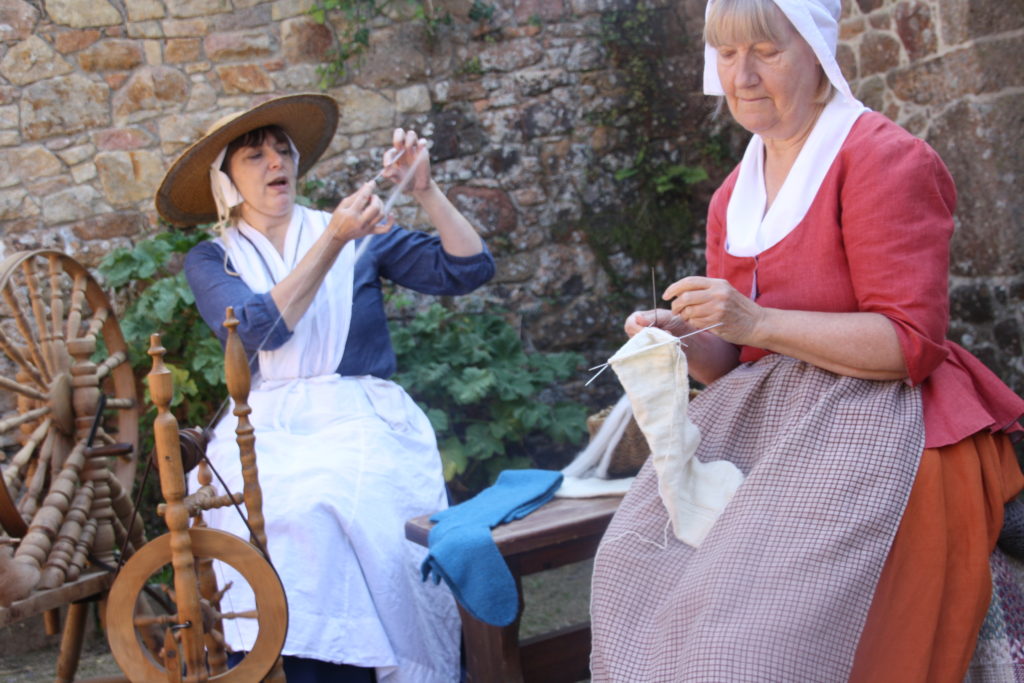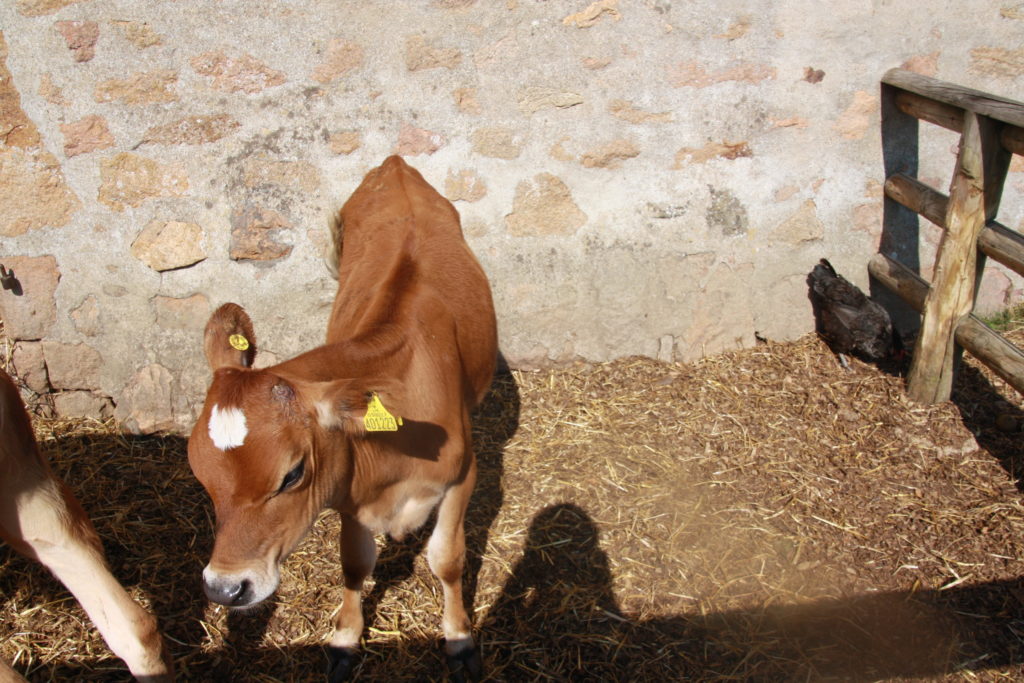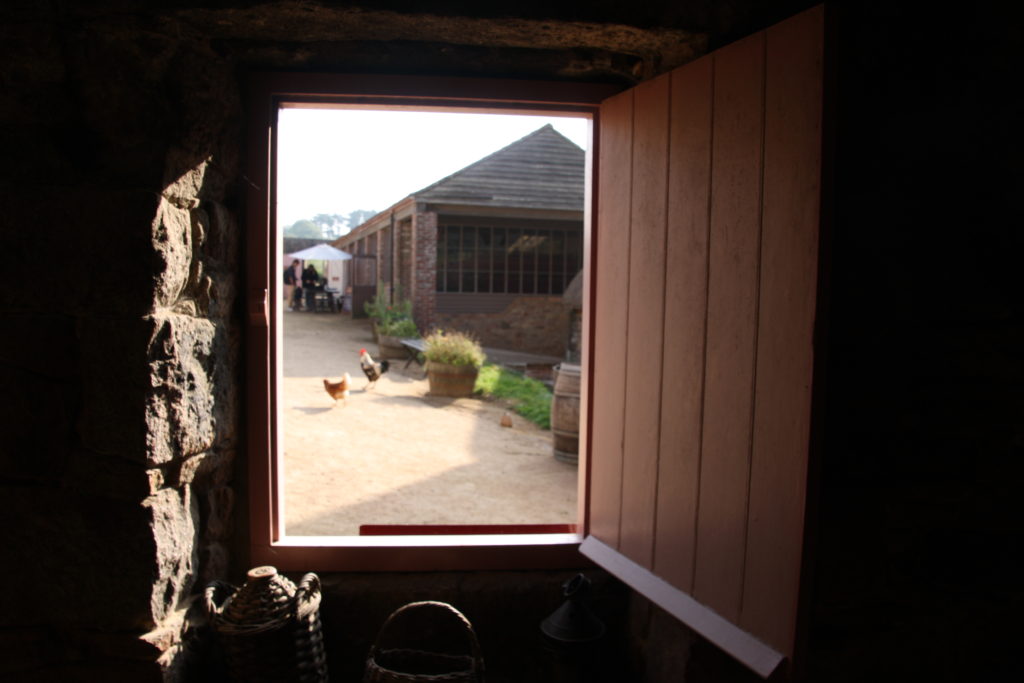On Wednesday 22nd September 2021, our class visited Hamptonne and researched into the heritage of Jersey. The visit involved taking photos that represent Jersey’s history.

ABOUT HAMPTONNE COUNTRY LIFE MUSEUM
Hamptonne Country Life Museum gives the visitor a unique insight into the rural life carried on in Jersey for centuries. Dating back to the 15th Century the house and farm are perfect for discovering the rural history of Jersey. Explore the different houses which make up Hamptonne, find out more about Jersey’s history of cider making in the cider barn and wander through the cider apple orchard and meet the Hamptonne calves, lambs, chickens and piglets in the traditional farmstead.
Discover Syvret House, a decorated and furnished farmhouse gives a unique window into 1940s rural life, including; agricultural traditions, day-to-day family life, language, religion and the experience of the German Occupation.

TOP 5 THINGS TO DO AT HAMPTONNE COUNTRY LIFE MUSEUM
1) Meet the Hamptonne animals
2) Enjoy the playground
3) Explore the cider apple orchard and the beautiful countryside location
4) Meet characters from the past and hear about ancient crafts and stories
5) Take a free tour of Hamptonne with volunteer guides

HISTORY
Nestled at the head of a valley in St Lawrence, Hamptonne with its numerous granite buildings provides a story of Jersey rural life across the centuries. Its very location typifies a trend of building farms where there would be not only a ready source of water, but also shelter both from the coastal elements and raiders from France.
A key element of rural tradition within the Island was the characteristic of the many smallholdings working alongside the larger farms, in fact as late as 1914 nearly 88% of holdings fell under 45 vergées. While Hamptonne, certainly from the 17th century with over 100 vergées, was considered a fairly large farm it nevertheless reflected the ethos of self-sufficiency and mixed farming prevalent across the Island. Through the evolution of its buildings the site also provides valuable insight into the major developments of cider production, Jersey Royals and the Jersey Cow.

In the present day Hamptonne’s role as a museum enables it to portray not only Jersey’s rural history, but also some key moments from the Island’s political past. In late 1987 the then owners the Emmanuel family sold part of the farm to the National Trust for Jersey, who bought it for £400,000 with assistance from the States of Jersey. At this point the Société Jersiaise agreed to undertake the cost of restoration and development of the site into a rural life museum. The culmination of the first phase of the project, which involved collaboration between the Société Jersiaise and Jersey Heritage Trust, led to the museum being opened in 1993.
As the visitor walks around the present day museum, key moments and trends of Jersey’s agricultural past reveal themselves. The cider barn and the subsequent use of Langlois house was once a potato store, however other discoveries can also be made.
THE HOUSES AND COURTYARDS
Overall the site is square in shape. It includes ranges of buildings built in different periods, arranged around two courtyards. While the farm has medieval origins, consecutive owners have made marked improvements to the living accommodation. The main buildings are therefore named after the Langlois, Hamptonne and Syvret families, who lived here between 15th and 19th centuries.
When you exit the shop, you enter the North Courtyard along the side of which runs the Northern Range – a row of 19th century farm buildings constructed to meet the requirements of the agriculture workforce, its vehicles and horses. It include a Labourers Cottage, Coach House, Bake House & Laundry, and Stables. Facing the Stables is a glazed barn in which important farming devices and implements are displayed. There is a walled vegetable and herb garden to the east, beyond which is the Hamptonne Playground and Cider Apple Orchard.
To the south is Langlois House, which comprises stabling and an undercroft on the ground floor, and a parlour and bedroom on the first floor. At the south-west corner is a twin-arched stone gateway providing access to the roadway. To the south of Langlois House are the pigsties and a spring-fed pond.
To the west is the Cider House or pressoir with its granite apple crusher and press; to the southern end of this row is Syvret House which consists of a kitchen, parlour, two bedrooms and a small cabinet. The House is presented as the home of a tenant farmer around 1948.

CIDER APPLE ORCHARD
To the east of the farm complex is the Cider Apple Orchard, which consists of apple trees chosen for their sweet, bitter and sharp flavours to provide a good balance for cider making when mixed together. The footpath through the orchard takes you into a small area of woodland. Wooded areas at the back of farms provided an important source of wood for fuel and building materials, while also supporting a rich variety of plants and wildlife. Follow the footpath down to the grazing Meadow and, if you wish, continue on the public footpath that joins the National Trust for Jersey’s Toad Trail.


nice swan pussio
very inappropriate josh
unclear, what
swan?